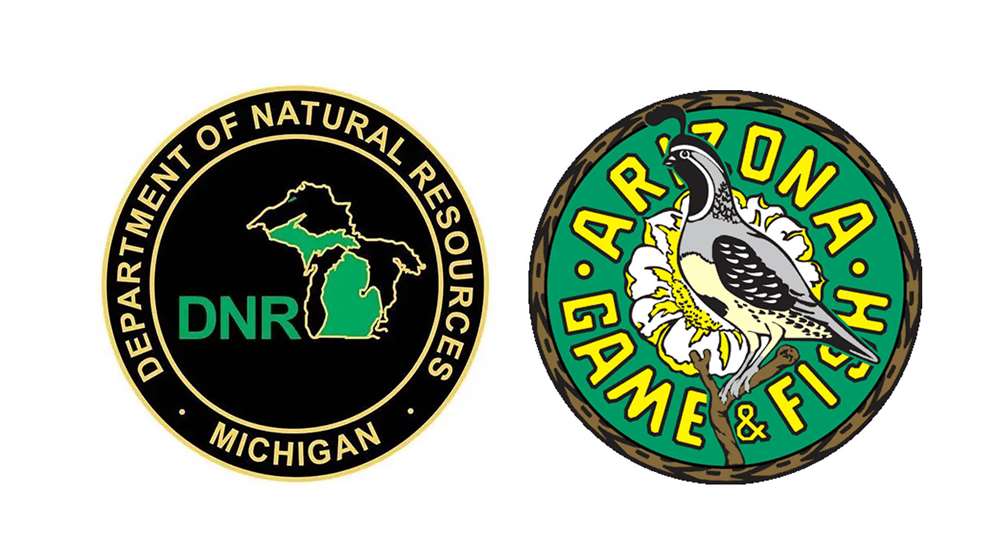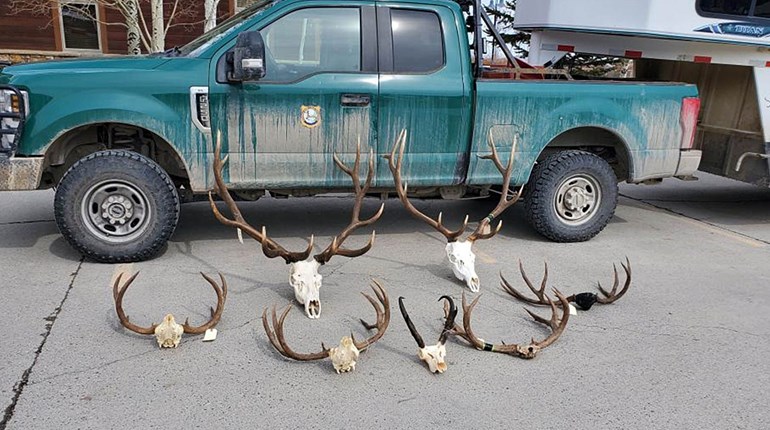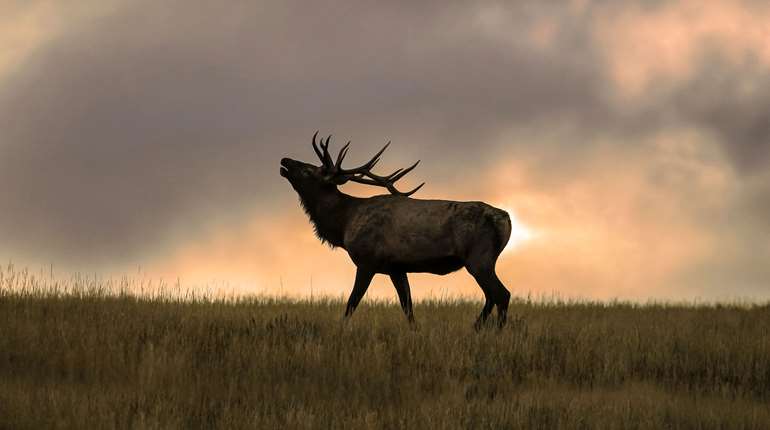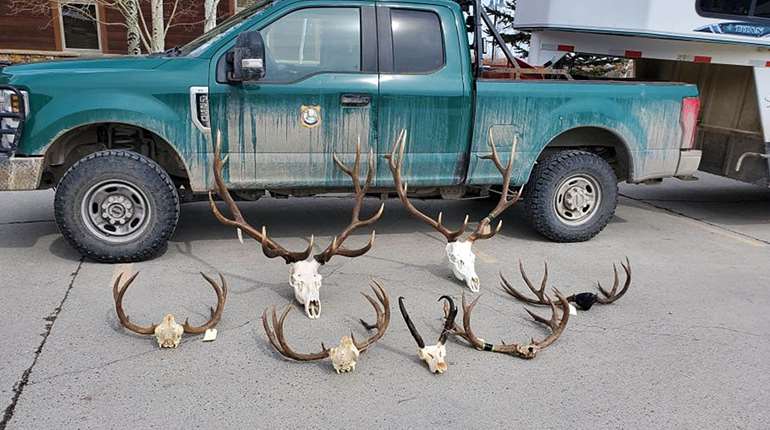
Sportsmen’s organizations in Arizona still have time to apply for $75,000 in annual grant funding to provide public, mentored projects focused on the recruitment and development of new hunters and anglers. Applications must be received by the Arizona Game and Fish Department (AZGFD) no later than 11:59 p.m. (Arizona time) Sunday, June 29. Funding will be awarded through a competitive application process. Online applications and instructions are available here.
Now through July 29, the Michigan Department of Natural Resources Wildlife Habitat Grant Program is accepting applications with a focus on projects that restore large complexes of grassland and savanna habitat. Funding for this critical habitat work is available for local, state, federal and tribal governments, and profit and nonprofit groups through an open, competitive process. Minimum grant amounts will be set at $50,000, with the maximum being the amount of funds available for this grant cycle. The 2025 overall available grant amount is approximately $500,000.
Applications are open now and must be submitted through the MiGrants system no later than July 29 to be considered for funding.
Arizona
Arizona’s Local Sportsmen’s Group grants program places a high priority on projects that involve the pursuit or harvest of fish or wildlife with a valid license (and any necessary hunt permit-tag) and are geared toward participants who have the appropriate experience and skill levels relevant to a particular project.
“This grant program continues to provide much-needed funding for Arizona’s conservation organizations to connect with the public through quality, mentored projects at a time when there’s a huge demand for traditional outdoor and wildlife recreation like hunting and fishing,” said Doug Burt, AZGFD’s recruitment, retention and reactivation (R3) manager. “The projects from these funds, and the efforts of these community groups, return far more in value than the grant dollars would on their own by providing education about safe and ethical hunting and fishing, and how sportsmen play an important role in wildlife conservation.”
There is no cost to Arizona taxpayers for this grant program. AZGFD does not receive any of the state’s general tax funds and operates under a user-pay, public-benefit model. The grant program is an investment in the continuance of wildlife conservation efforts and outdoor recreation participation in Arizona.
Michigan
“Grasslands and savannas were once abundant, but are now rare in Michigan,” said Michigan Department of Natural Resources Wildlife Division Chief Sara Thompson. “By partnering with conservationists across the state to restore grasslands, we can provide important habitat for wildlife, as well as numerous benefits for Michiganders. Grasslands help prevent erosion and flooding, filter runoff, and pull carbon dioxide out of the air—protecting our water and air.”
Grassland habitats are home to some of Michigan’s most popular wildlife species, including ring-necked pheasants and wild turkeys, as well as some of the rarest, such as Karner blue butterflies and Henslow’s sparrows.
Many grassland species depend on large grassland areas, but those remaining in Michigan are typically small, isolated, and lack sufficient plant diversity to provide habitat for many important grassland species. The 2025 Wildlife Habitat Grant Program seeks to develop and maintain large grassland and savanna complexes of 100 or more acres and improve connectivity between habitat patches.
The Wildlife Habitat Grant Program began in October 2013 and is funded from the sale of hunting and fishing licenses. The DNR administers the program with the main objective to enhance and improve the quality and quantity of wildlife species habitat in support of the Wildlife Division’s strategic plan.




































